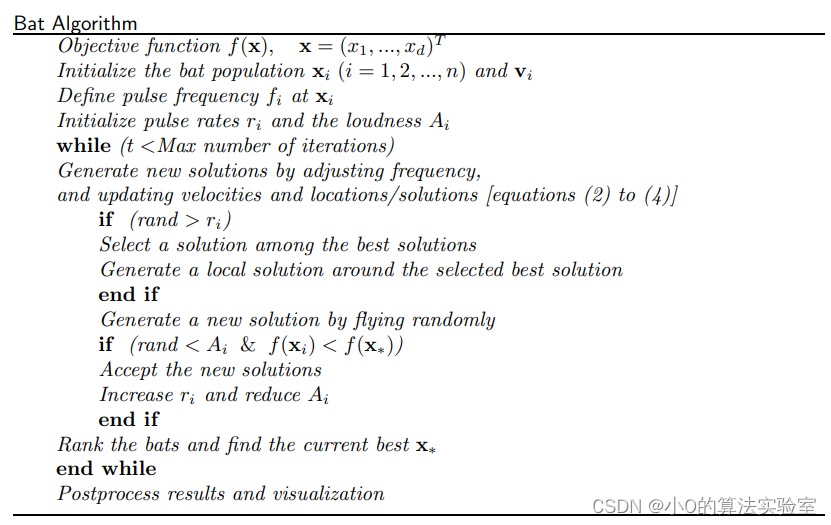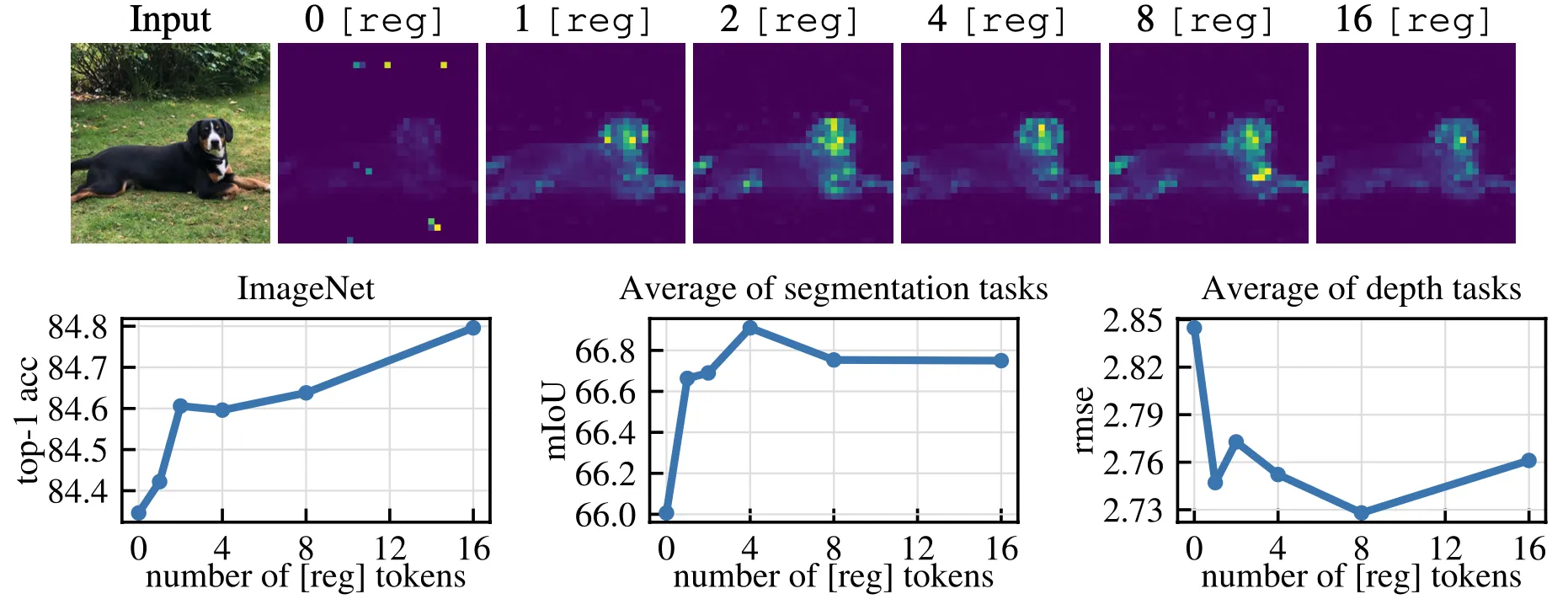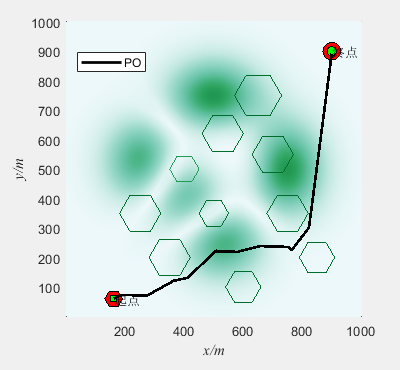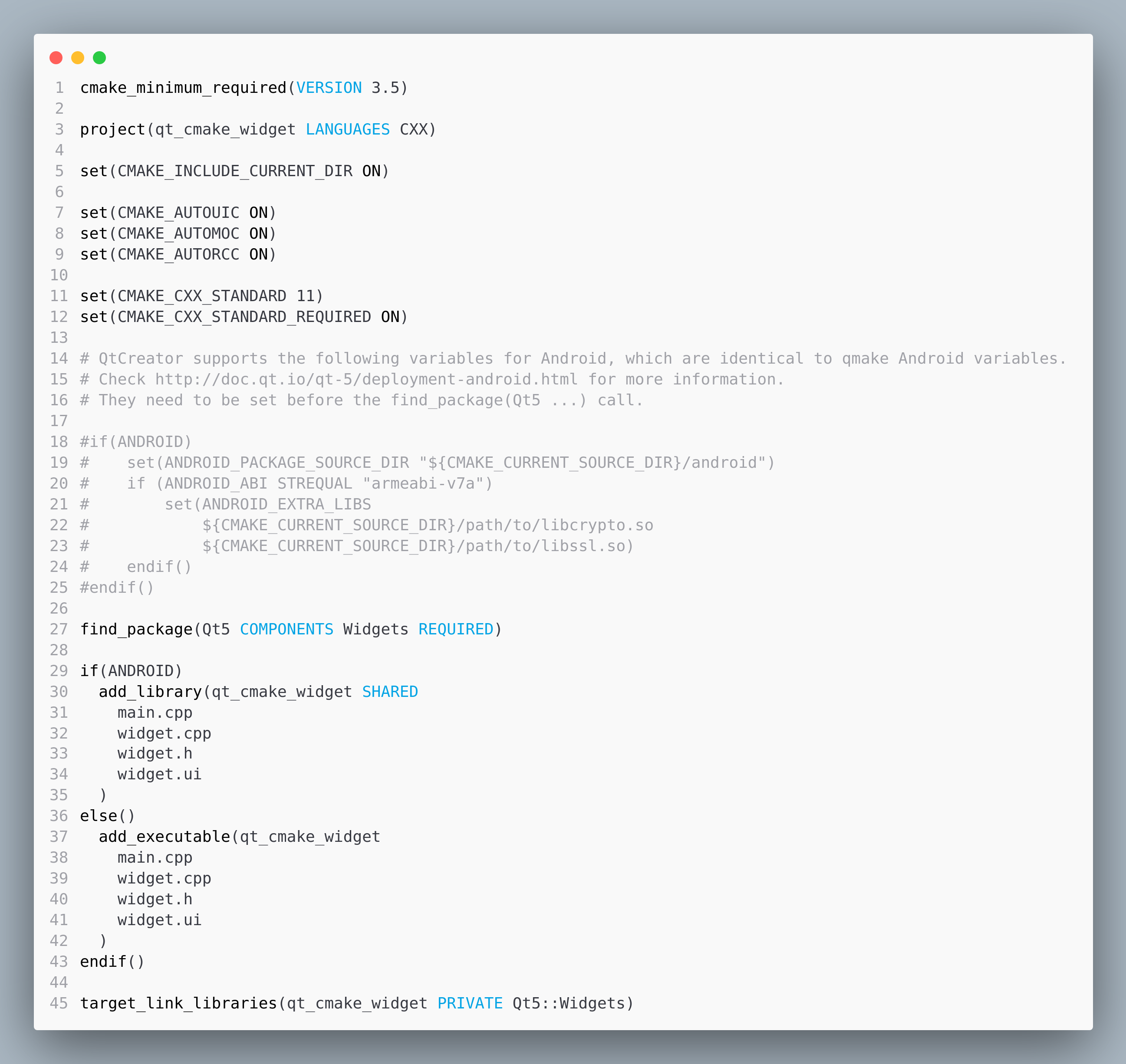
目录
- 1.背景
- 2.算法原理
- 2.1算法思想
- 2.2算法过程
- 3.代码实现
- 4.参考文献
1.背景
2010年,Yang受到蝙蝠回声定位的特性启发,提出了蝙蝠算法(Bat Algorithm, BA)。
2.算法原理
2.1算法思想
蝙蝠算法模拟了蝙蝠利用回声定位系统寻找小型昆虫进行捕食的行为,主要分为速度位置更新和随机飞行。
2.2算法过程
速度位置更新:
v
i
t
=
v
i
t
−
1
+
(
x
i
t
−
x
∗
)
f
i
\mathbf{v}_i^t=\mathbf{v}_i^{t-1}+(\mathbf{x}_i^t-\mathbf{x}_*)f_i
vit=vit−1+(xit−x∗)fi
其中,
x
∗
x_*
x∗为最优个体位置,
f
i
f_i
fi为超声频率:
f
i
=
f
min
+
(
f
max
−
f
min
)
β
f_i=f_{\min}+(f_{\max}-f_{\min})\beta
fi=fmin+(fmax−fmin)β
位置更新:
x
i
t
=
x
i
t
−
1
+
v
i
t
\mathbf{x}_i^t=\mathbf{x}_i^{t-1}+\mathbf{v}_i^t
xit=xit−1+vit
随机飞行:
随机生成一个数,蝙蝠根据是否大于脉冲频率进行随机飞行:
x
n
e
w
=
x
o
l
d
+
ϵ
A
t
\mathbf{x_{new}}=\mathbf{x_{old}}+\epsilon A^{t}
xnew=xold+ϵAt
伪代码:

3.代码实现
% 蝙蝠算法
function [Best_pos, Best_fitness, Iter_curve, History_pos, History_best]=BA(pop, maxIter, lb, ub, dim,fobj)
%input
%pop 种群数量
%dim 问题维数
%ub 变量上边界
%lb 变量下边界
%fobj 适应度函数
%maxIter 最大迭代次数
%output
%Best_pos 最优位置
%Best_fitness 最优适应度值
%Iter_curve 每代最优适应度值
%History_pos 每代种群位置
%History_best 每代最优个体位置
%% 控制参数
A=0.5; % Loudness
r=0.5; % Pulse rate
Qmin=0; % Frequency minimum
Qmax=2; % Frequency maximum
Q=zeros(pop,1); % Frequency
v=zeros(pop,dim); % Velocities
%% 初始化种群
for i=1:pop
Sol(i,:)=lb+(ub-lb).*rand(1,dim);
Fitness(i)=fobj(Sol(i,:));
end
% Find the initial best solution
[Best_fitness,I]=min(Fitness);
Best_pos=Sol(I,:);
%% 迭代
for t=1:maxIter
for i=1:pop
% 速度&位置更新
Q(i)=Qmin+(Qmin-Qmax)*rand;
v(i,:)=v(i,:)+(Sol(i,:)-Best_pos)*Q(i);
S(i,:)=Sol(i,:)+v(i,:);
% 边界处理
Sol(i,:)=simplebounds(Sol(i,:),lb,ub);
% 随机飞行
if rand>r
S(i,:)=Best_pos+0.001*randn(1,dim);
end
Fnew=fobj(S(i,:));
if (Fnew<=Fitness(i)) & (rand<A)
Sol(i,:)=S(i,:);
Fitness(i)=Fnew;
end
if Fnew<=Best_fitness
Best_pos=S(i,:);
Best_fitness=Fnew;
end
end
Iter_curve(t) = Best_fitness;
History_best{t} = Best_pos;
History_pos{t} = Sol;
end
end
function s=simplebounds(s,Lb,Ub)
ns_tmp=s;
I=ns_tmp<Lb;
ns_tmp(I)=Lb(I);
J=ns_tmp>Ub;
ns_tmp(J)=Ub(J);
s=ns_tmp;
end

4.参考文献
[1] Yang X S. A new metaheuristic bat-inspired algorithm[M]//Nature inspired cooperative strategies for optimization (NICSO 2010). Berlin, Heidelberg: Springer Berlin Heidelberg, 2010: 65-74.


















